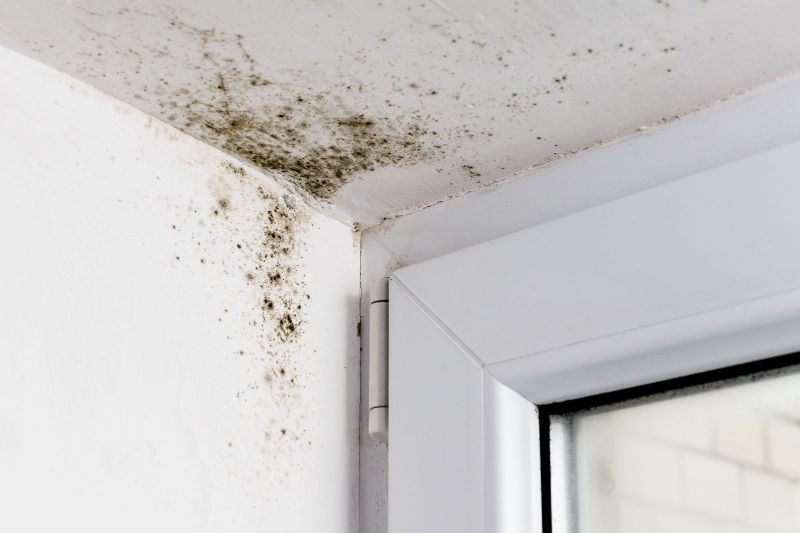Mold is a common household problem that can have serious consequences for both your health and the structural integrity of your home. While mold can grow in various environments, one of the primary factors contributing to its growth is moisture. In this blog post, we will explore the crucial link between moisture and mold, and provide you with effective strategies for preventing and treating mold issues in your home. By understanding the relationship between moisture and mold, you can take proactive steps to safeguard your health and maintain a mold-free living environment.
Understanding Mold and its Health Risks:
Mold is a type of fungus that thrives in damp and humid conditions. It reproduces by releasing spores into the air, which can easily be inhaled. Exposure to mold spores can lead to a range of health issues, including allergic reactions, respiratory problems, and even infections in individuals with weakened immune systems. The severity of the health risks depends on the type and quantity of mold present in your home.
The Role of Moisture in Mold Growth:
Moisture is the primary catalyst for mold growth. Mold spores exist everywhere, but they remain dormant until they encounter a moist environment. When excessive moisture is present in your home, whether from leaks, condensation, or high humidity levels, it creates an ideal breeding ground for mold. Areas prone to moisture buildup, such as basements, bathrooms, and kitchens, are particularly vulnerable to mold growth.
Preventing Mold Issues by Controlling Moisture:
The best defense against mold is to control moisture levels in your home. Here are some effective prevention strategies:
Address water leaks promptly: Inspect your home for any signs of leaks, such as damp walls or ceilings, and fix them immediately. Pay close attention to plumbing fixtures, roofs, and windows.
Maintain proper ventilation: Ensure adequate ventilation in areas prone to moisture, such as bathrooms and kitchens. Use exhaust fans or open windows to reduce humidity levels and promote airflow.
Monitor indoor humidity: Invest in a hygrometer to measure humidity levels in your home. Ideally, aim for humidity levels between 30% and 50%. If humidity is consistently high, consider using dehumidifiers to regulate moisture.
Proper insulation: Insulate your home to prevent condensation on surfaces. This is especially important in areas like attics and basements, where temperature differences can contribute to moisture buildup.
Treating Mold Issues:
If you discover mold in your home, it is essential to address the issue promptly. Here are steps to take when treating mold:
Identify the source: Determine the source of moisture that is causing the mold growth and fix it. This could involve repairing leaks, improving ventilation, or addressing drainage issues.
Safety precautions: Wear protective gear, such as gloves, goggles, and a mask, to avoid direct contact with mold spores during the cleaning process.
Clean affected areas: Use a mixture of water and mild detergent to clean mold-infested surfaces. Scrub gently, and ensure that all visible mold is removed. Avoid using bleach, as it may not effectively eliminate mold.
Dry and dehumidify: After cleaning, thoroughly dry the affected areas and use dehumidifiers or fans to reduce moisture levels. Proper drying is crucial to prevent mold from returning.
Moisture and mold are intimately connected, and controlling moisture is key to preventing and treating mold issues in your home. By addressing water leaks, improving ventilation, monitoring humidity levels, and taking prompt action when mold is detected, you can safeguard your home and protect your health. Remember, early intervention is crucial in preventing mold from recurring and spreading to other areas. Stay vigilant, prioritize moisture control, and create a healthy living environment free from mold.
